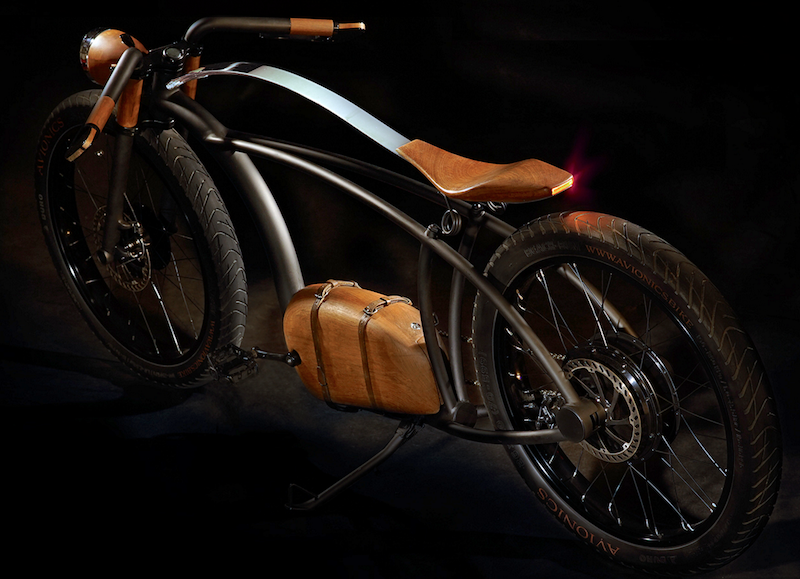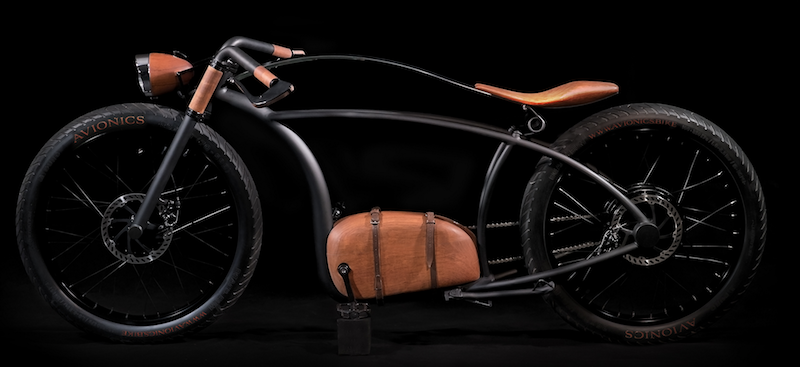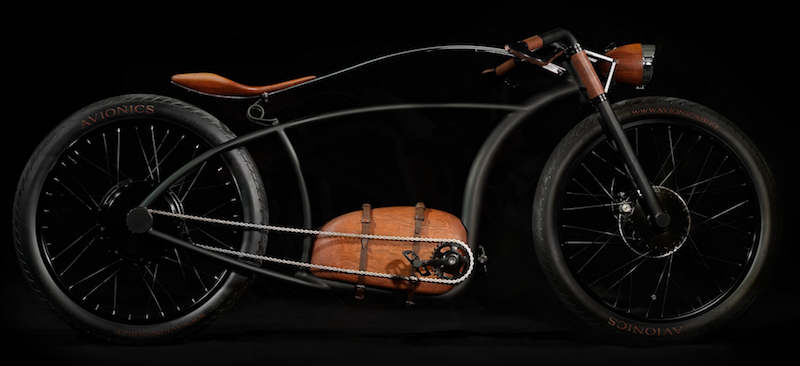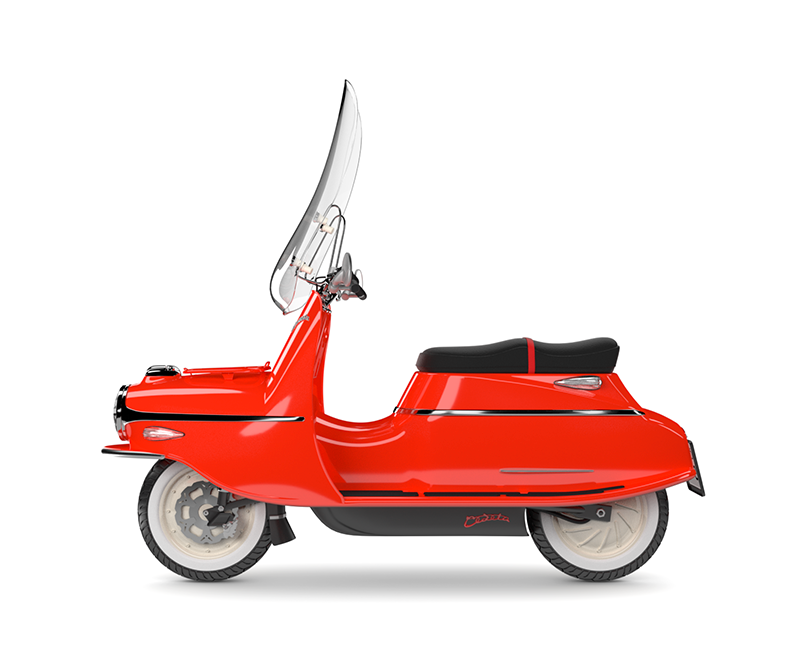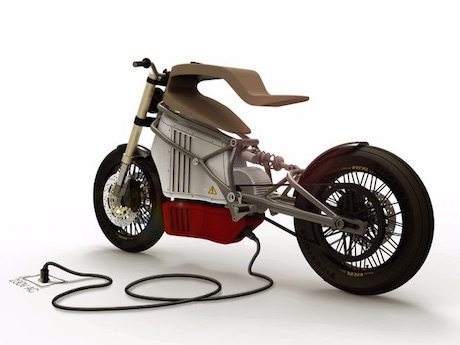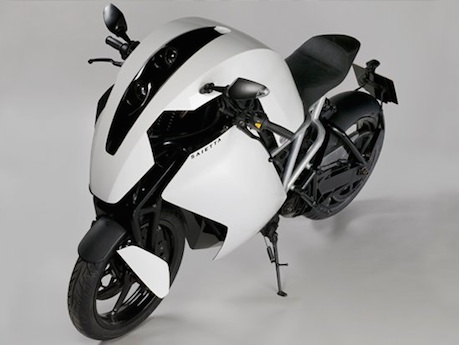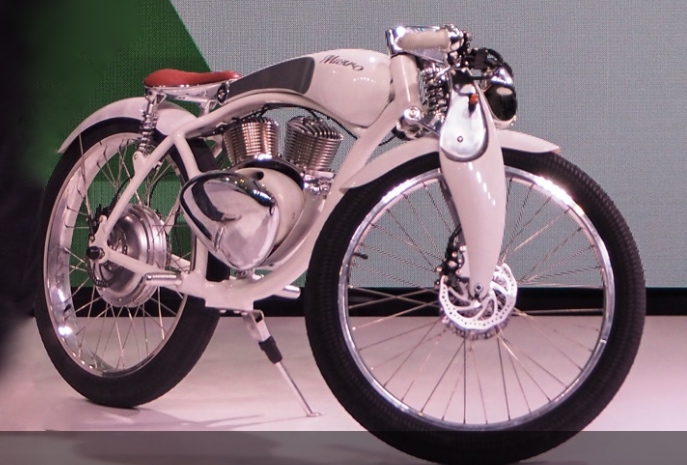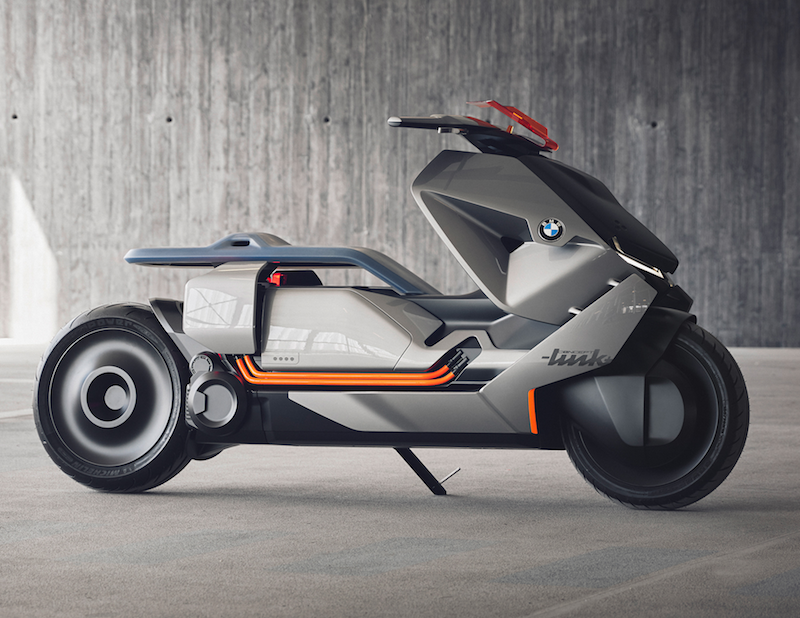Since batteries and electric motors can take just about any shape, designers are free to create all sorts of strange vehicles, even this board tracker from European company Avionics.
They have unveiled their electric board-tracker-style moped made of wood and steel with orders from September, but no prices announced yet.
It’s not the first old-style electric board tracker moped.
Last year the board tracker moped, built by Polish brothers Marcin and Michal Bielawski, won the gold medal at the recent international trade fair for “Ideas – Inventions – New Products” in Germany.
They have a range of models including a board tracker, cafe racer and bobber costing up to $US15,000.
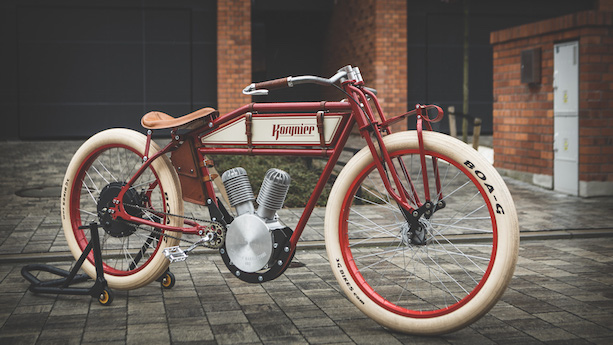
Avionics claims its board tracker has 5kW of power, a top speed of 58km/h, a large 24-Ah lithium-ion battery, 120km of range and includes pedals to extend the range.
An electric board tracker is hardly going to change the rulebook for electric motorcycles, but it at least shows that some designers can be tasteful.
There have been some absolutely silly and ridiculous-looking electric motorcycles and scooters from motorcycle manufacturers, boutique designers and non-traditional motorcycle companies.
Here’s a gallery of some of the stranger concepts and production models.
In fact, we believe that every motorcycle manufacturer now has an electric motorcycle and/or scooter waiting in the wings for the market to finally accept them.
Recent developments will accelerate the growth of electric vehicles: Volvo has said they will not make a vehicle with only an internal combustion engine (ICE) from 2020 and the UK has announced a ban on the sale of new petrol and diesel vehicles from 2040.
The biggest hurdles for electric motorcycles are that they are too quiet, range is limited, charging times are too long, too expensive and, quite frankly, most of them are just plain ugly.
But every single one of those market objections can and is being overcome.
TOO QUIET
This may not be an issue in the future because many jurisdictions are clamping down on loud aftermarket exhausts, anyway.
Besides, there is a new generation of riders who are more interested in listening to the Bluetooth music in their helmets than the exhaust note. In fact, the exhaust note only interferes with their music.
Electric dirt bikes might even be the saviour of many motocross tracks and regional off-road parks that are closing down thanks to urban encroachment.
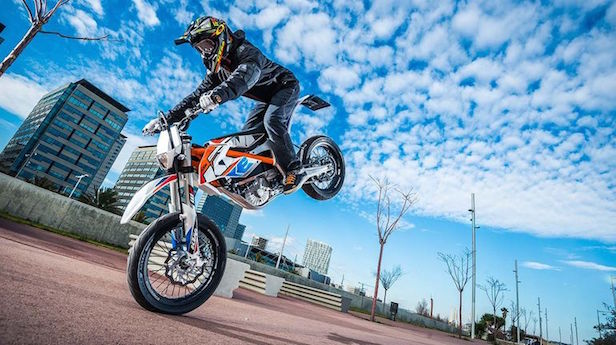
Zero has cracked the 200 mile (320km) range barrier with their latest models.
However, it should be noted that you can only achieve the range by riding slowly in urban traffic where braking recharges the battery.
Range is significantly reduced by factors such as heat, constant throttle (highway riding) and increased load (uphill and a heavy rider or pillion).
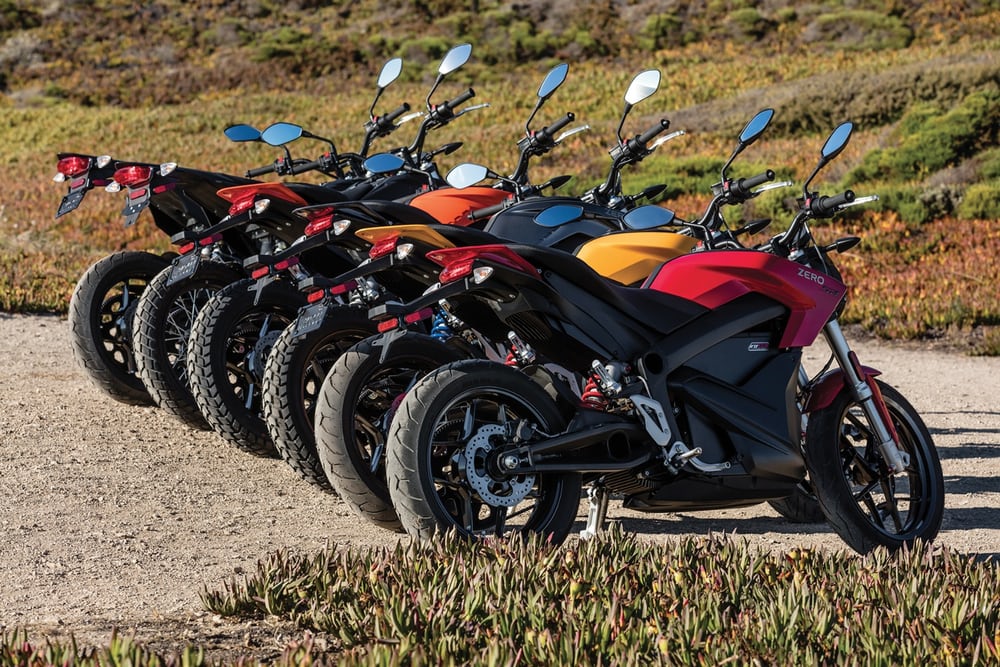
But range isn’t really such an issue when riders finally realise that much of their urban riding is done in chunks of less than 100km.
After all, it hasn’t stopped a lot of hipsters getting on bikes with small, peanut tanks with range of little more than 100km.
In a major setback for electric motorcycles in Australia, Zero recently announced it was pulling the plug on sales here.
LONG CHARGING TIMES
While charging times are improving, it still takes at least six hours to charge a battery from flat to full.
You can buy expensive quick chargers and/or have your mains power updated which can halve the charging time.
That’s still three hours to fully charge a battery compared with a minute to fill a fuel tank.
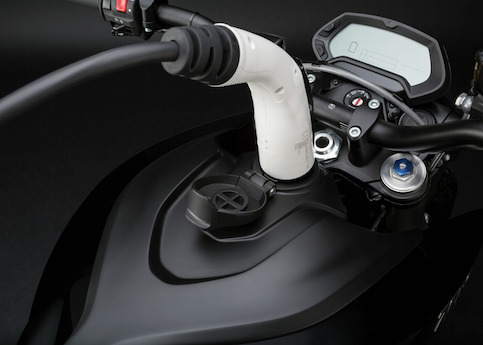
But there’s the thing; apparently Zero Motorcycles, the biggest all-electric motorcycle manufacturer in the world, says they sell hardly any quick chargers.
They also sell very few of their expensive extended-rang “Power Tanks” costing $4790 ($US2700). That’s because owners get used to charging as they go.
Let’s face it, just everyone on the planet has a smartphone that needs constant top-up charging.
We have lived with that for a decade now and we don’t think twice about giving our phones a top-up charge when we can.
In fact, modern batteries actually prefer to be topped up, rather than depleted and recharged.
So, if you can live with a smartphone, you can easily live with doing the same with your motorcycle.
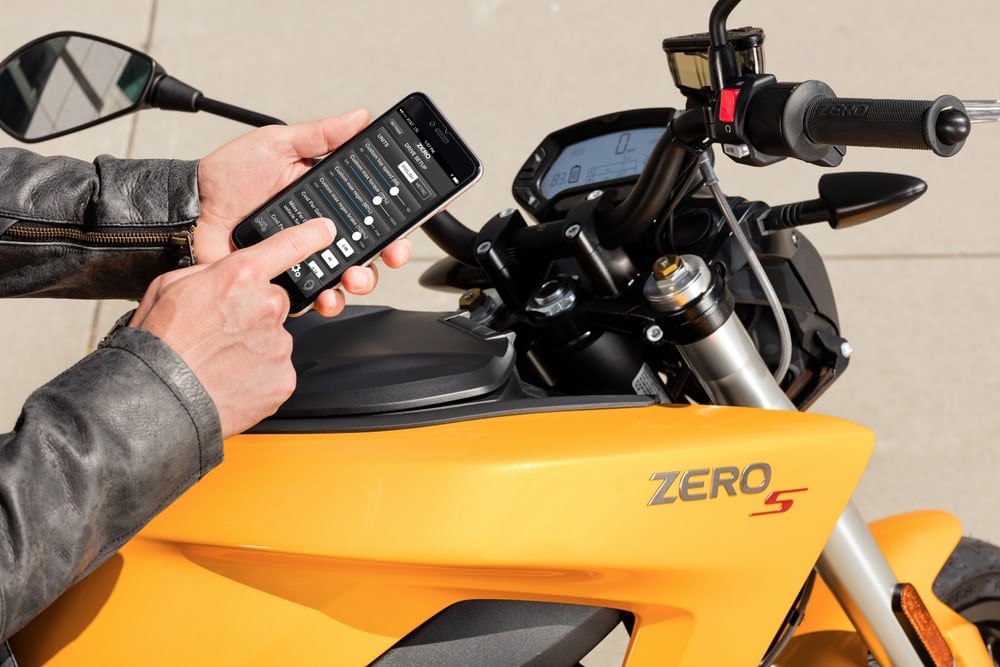
Ride it to work, plug it in; ride it home, plug it in.
In time, there will be paid charging outlets in most public and private carparks.
TOO EXPENSIVE
Again, in time, prices will come down. At the same time, many countries are now providing subsidies on the purchase price or exemptions from various taxes such as tolls and congestion charges.
However, the extra price you pay for these bikes cannot be justified at the moment unless you are using them all the time and plan to keep one for several years.
The extra cost is offset by very cheap electricity compared with fuel and the fact that servicing is miniscule. Even the brake pads last longer because regenerative motor braking means you use the brakes less.
But the big problem is that the batteries will die in about five years.
Toyota’s experience with batteries in their hybrid cars is that there are few failures and they can last even longer than five years.
But the battery is one of the most expensive components of an electric vehicle, so you could be up for a hefty cost.
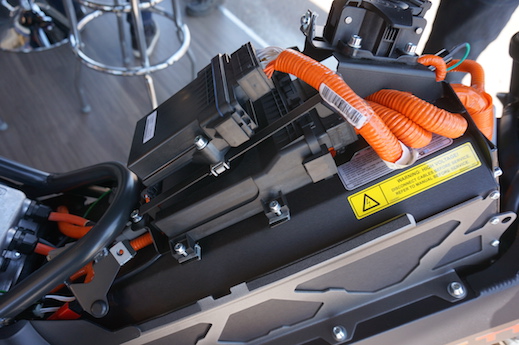
And if you try to sell your electric bike within five years, the value will therefore be substantially depreciated.
In five years, a replacement battery might not cost as much, but there is another problem.
If you buy a boutique electric bike from one of these start-up companies, who’s to say they will still exist in five years to sell you a replacement battery?
And there is little chance of an aftermarket supplier for boutique vehicle batteries.
That leaves you with a bike worth virtually nothing.
However, if you buy from a big-name company or one of the traditional motorcycle companies, they are more likely to have replacement batteries.
Those that already have electric motorcycles or scooters in the market include BMW, Bultaco, KTM, Victory, Yamaha and Vespa, while Harley-Davidson says they will bring their Livewire to market in the next few years.
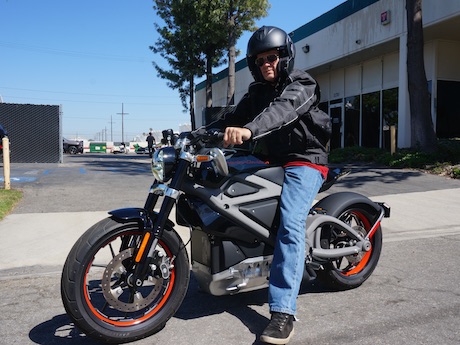
By then, we expect most manufacturers will have at least one electric bike in their stable.
TOO UGLY
The beautiful board tracker models aside, if you look at the boutique start-up electric motorcycle companies, these are the worst offenders. Just take a look at the Johammer J1!
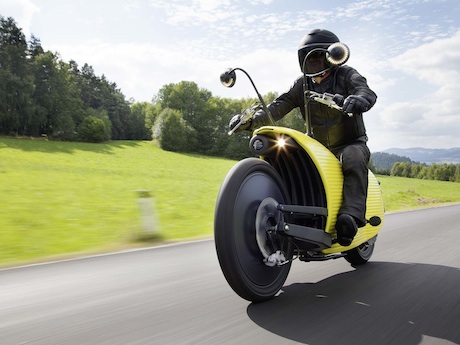
And how about this new Motochimp from Singapore that costs about $2700? It’s a quirky electric version of a monkey bike.
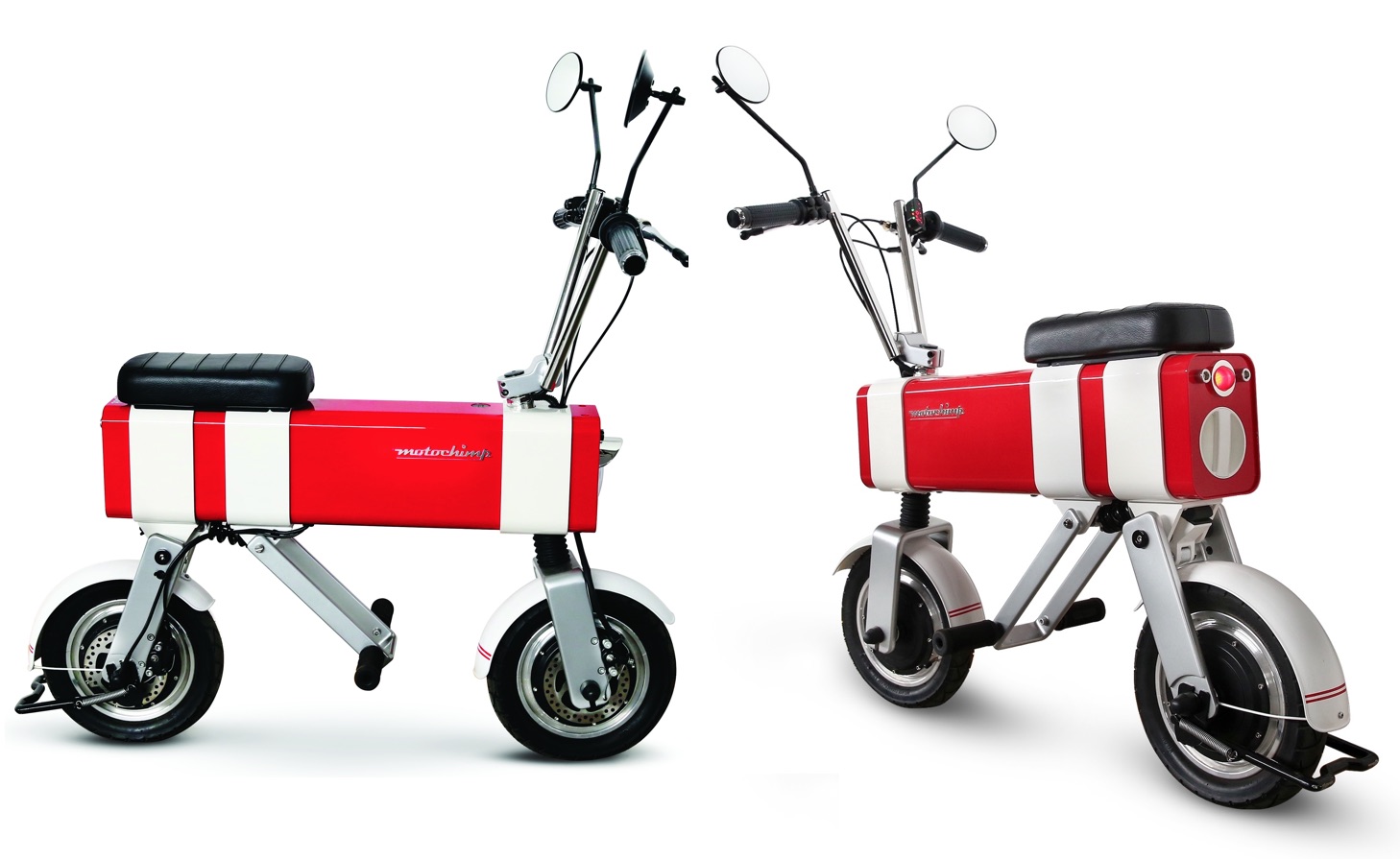
They have no idea what a rider wants and they have produced absolute abominations in design.
Although there are some good examples, such as this new-release Phaser Type 1 from Sussex tech startup Union Motion. It’s actually quite beautiful and is planned to be on the market within a year.
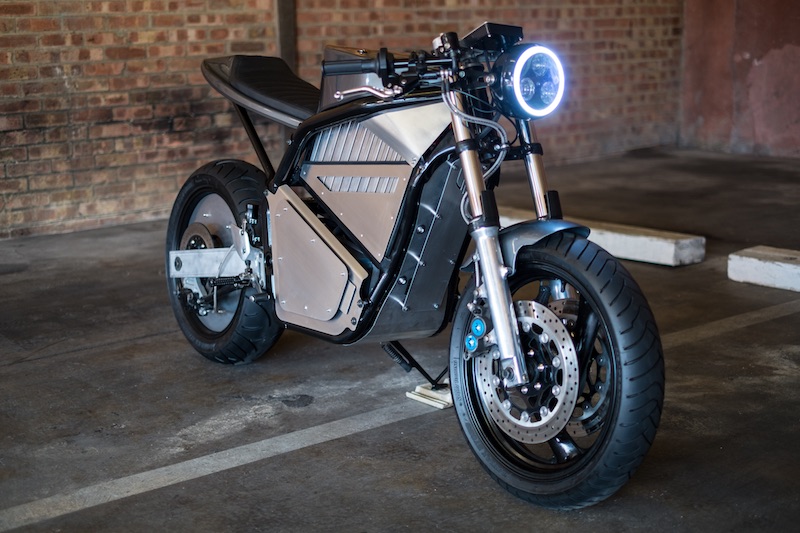
But mostly, they are hideous creature that do not appeal to any existing riders. Perhaps that’s their point – to appeal to newcomers.
However, compare them with the bikes coming from traditional manufacturers.
The Livewire is actually quite attractive.
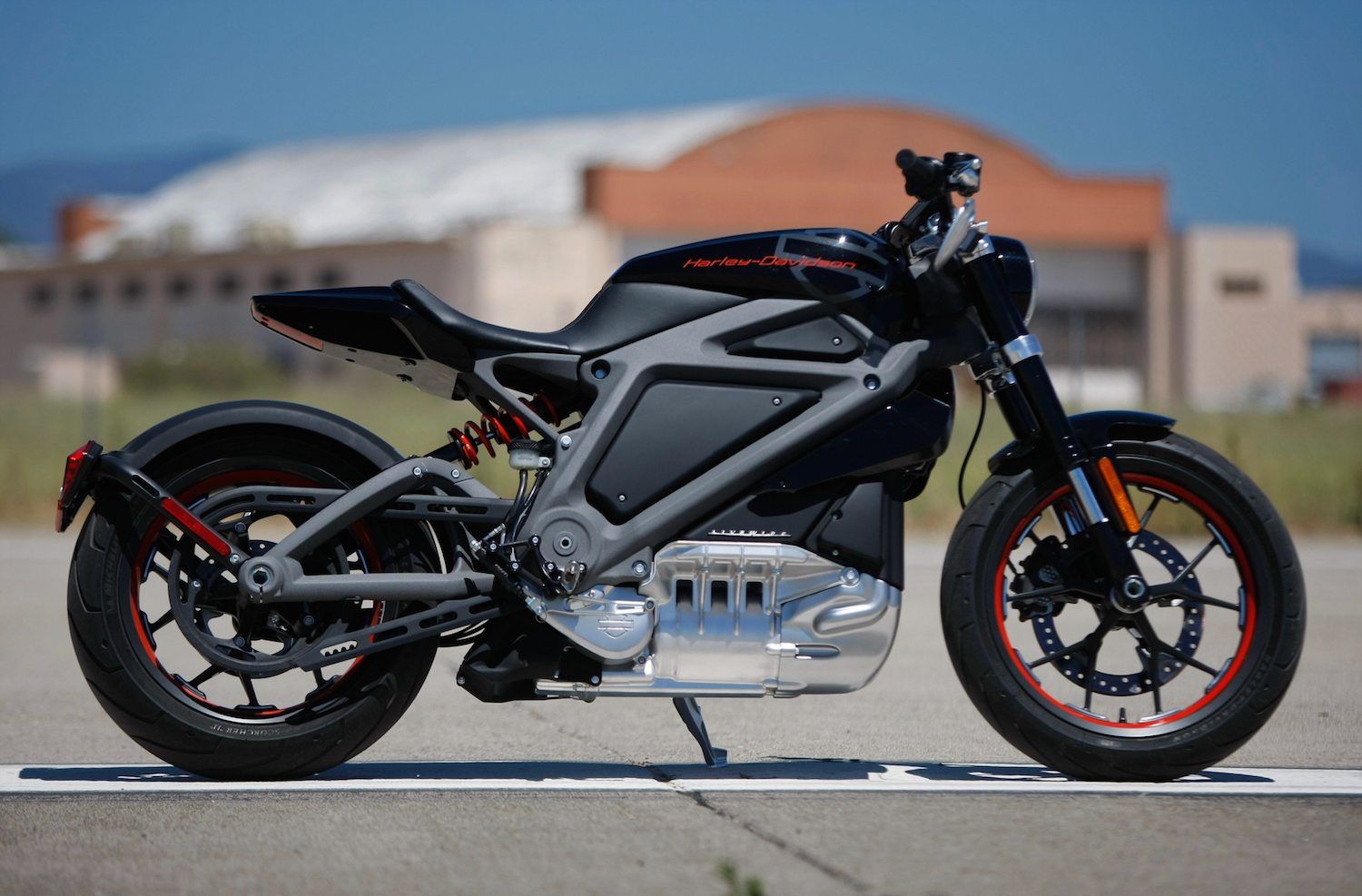
While the electric Vespa Elettrica is almost identical to their standard petrol version, except for the absence of a tail pipe.
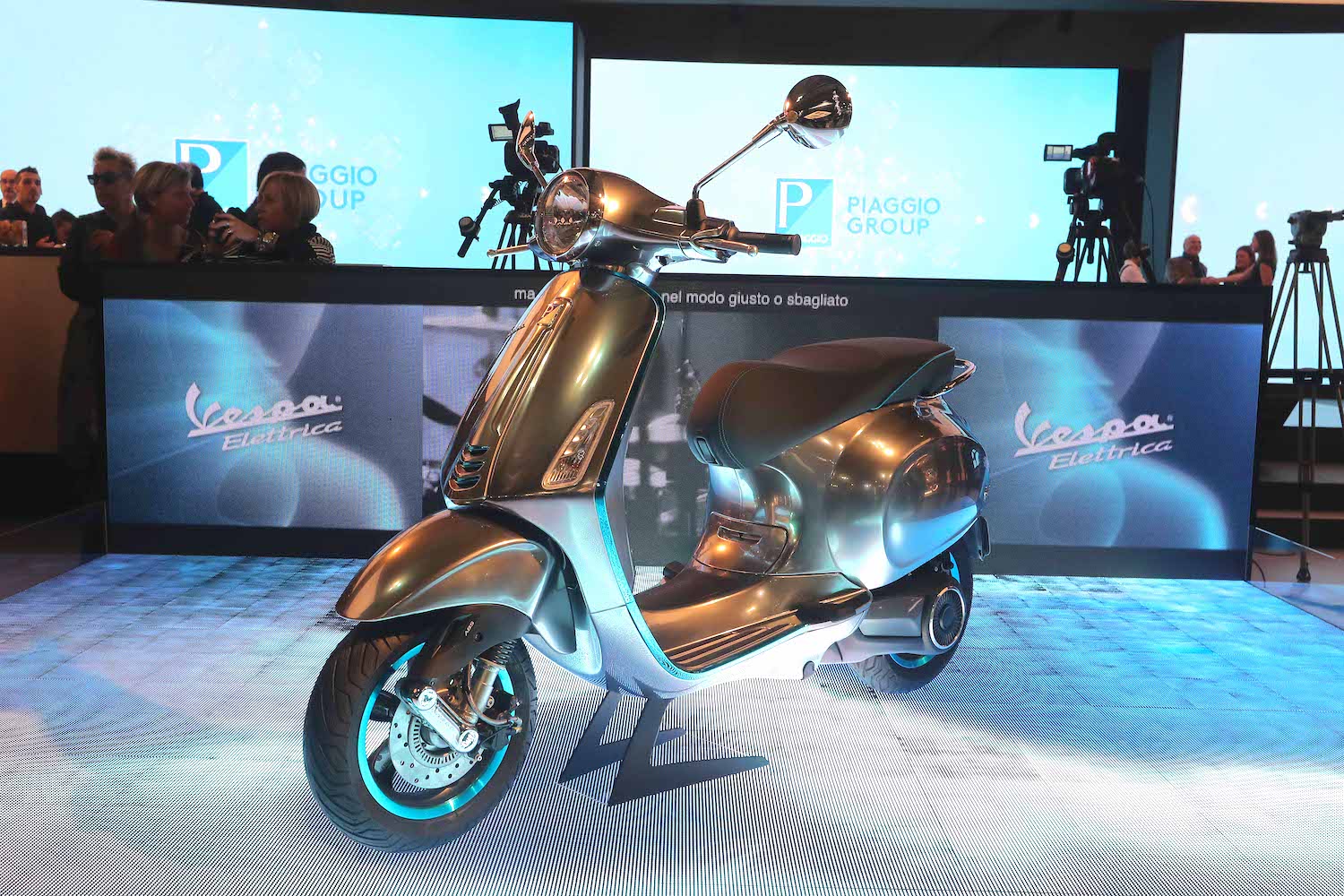
CONCLUSION
It’s still too early for most people to delve into the electric market and it only makes economic sense for regular commuters.
But when have motorcycle riders ever thought about practicalities?
You certainly wouldn’t be thinking practical if you bought an electric board tracker!
If you’ve ever ridden an electric bike, you will know the feeling of acceleration is “electric” (‘scuse the pun). That’s because there is maximum torque as soon as you twist the throttle.
Many riders chase those elusive flat torque curves and linear power deliveries from internal combustion engines. Look no further. Electric bikes have that.
Some riders love the creamy smoothness of a four- or six-cylinder engine and hate the lumpiness of a thumper or twin. Look no further. Electric bikes have that, too.
What electric bikes miss is a visceral soul that throbs in your ears and your gut. Electric bikes will never have that.


